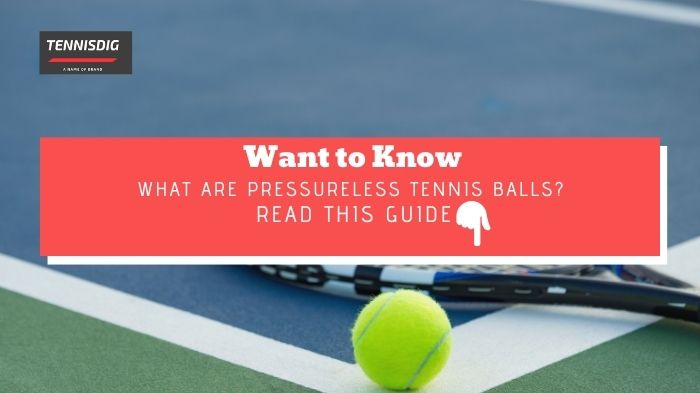Tennis balls, the vibrant orbs that define the game, come in various shapes and sizes. Among the many varieties available, pressureless tennis balls are a popular choice. But what are pressureless tennis balls, and what distinguishes them from their usually pressured counterparts?
Let’s delve into the massive pool of information that reveals pressureless tennis balls and learn the science behind their usage in this remarkable sport.
Understanding Tennis Balls
Before exploring what are pressureless tennis balls, it is essential to differentiate them from other types.
Traditional tennis balls are pressurized, with a core filled with high-pressure air. This pressure gives them their distinctive bounce and reactivity on the court.
On the other hand, pressureless tennis balls are created distinctively. These balls feature a solid core of tough rubber or comparable materials rather than a hollow center filled with pressurized air.
Can You Practice with Pressureless Tennis Balls?
You can practice with pressureless tennis balls because they are more durable and keep their bounce longer than pressurized balls. While they have a slightly different feel and bounce than conventional balls, they are suitable for developing abilities, remarkably consistent strokes, control, and endurance. Because of their durability and dependability, they are incredibly excellent for drills, practice sessions, and training.
The Structure of Pressureless Tennis Balls
Pressureless tennis balls have a core that keeps its form and density throughout time. Unlike pressurized balls, which lose bounce after extended usage owing to air leakage, the solid core of pressureless balls retains their durability due to aerodynamic characteristics. The outer covering of pressureless balls is frequently made of a durable felt material, similar to traditional balls, to provide a familiar texture and playability.
Durability and Longevity
One of the most noticeable benefits of pressureless tennis balls is their resilience. Because there is no internal pressure, they do not lose air, allowing them to bounce for more time. As a result, these balls have a far longer lifespan than their pressurized counterparts, making them a more cost-effective solution for practice sessions and training drills.
Competence on the Court
While pressureless tennis balls are highly durable, they function differently on the court than pressurized balls. These balls bounce lower than newly inflated ones due to the solid core.
Players used to the livelier bounce of pressurized balls may detect a slight change in how pressureless balls respond off the racket and the court surface. This variation, however, can help with technique and control during practice sessions.
Ideal Pressureless Ball Scenarios
Pressureless tennis balls are suited for various settings due to their unique properties. Players who want to train for long periods without constantly replacing balls may find them helpful. Furthermore, these balls are used for ball machines because they keep consistent bounce, avoiding the need for regular modifications.
Considerable Factors
Individual tastes and playing styles have a role in the longevity and cost-effectiveness of pressureless tennis balls. Some players may enjoy pressurized balls’ more dynamic and responsive bounce, especially during competitive encounters.
One must consider personal preferences, playing circumstances, and training goals when deciding between pressureless and pressurized balls.
The Bottom Line
Pressureless tennis balls are a potential alternative to regular pressurized balls with their solid cores and prolonged longevity. Their durability and duration make them an appealing alternative for practice sessions, training drills, and circumstances requiring steady bounce. When choosing the suitable variant, players should evaluate what are pressureless tennis balls, their trade-offs in bounce, and playing easiness. Finally, personal preferences and planned use of the tennis court determine the decision between the two varieties.

